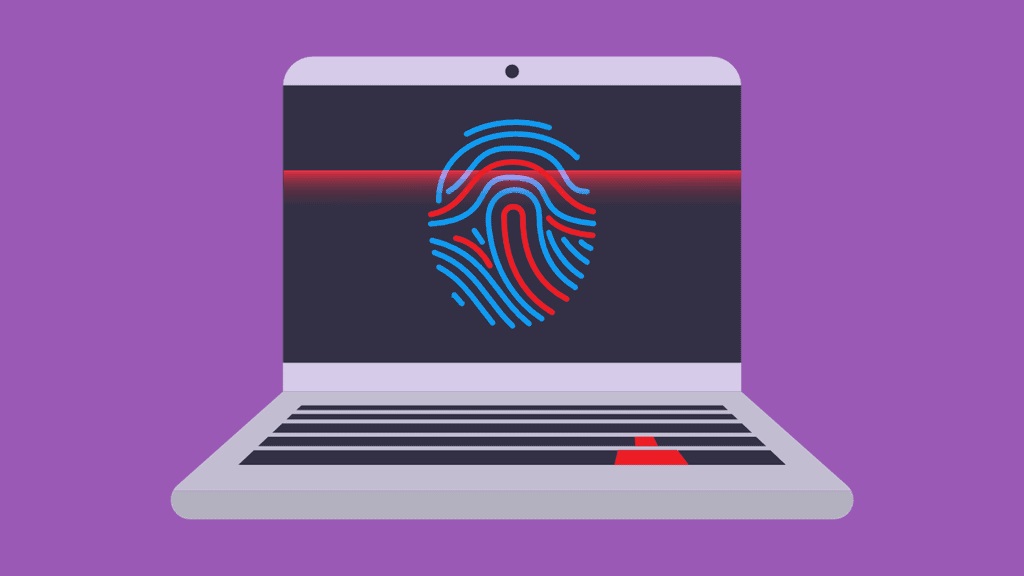
In order to create a highly precise browser fingerprint that can differentiate a user from hundreds of thousands of others online, a variety of techniques are employed.
Websites utilize a tracking and identifying technique called browser fingerprinting to link specific browsing sessions to a single site visitor. Numerous details regarding a user’s internet browser and device can be gathered. Each user has an individual mix of information that creates their own “digital fingerprint,” which is revealed when you piece this information together. Even when a person accesses a website through a VPN or incognito mode, the browser fingerprint can be tracked across different browsing sessions. Also read: How to integrate JavaScript Device Fingerprinting
What data is collected?
The gadget being used model, operating system, chosen language settings, preferred language set, used ad blocker, screen resolution, and all the specific technical specifications of his CPU, graphics card, and other hardware can all be gathered via browser fingerprinting.
In a sea of internet users, browser fingerprinting technology may identify a user by capturing more than enough details about their device and settings.
The technology used by Fingerprint collects more than 100 distinct signals using a number of state-of-the-art browser identification techniques.
Which are the various methods used for fingerprinting?
- Fingerprinting on Canvas
The HTML5 canvas element is used in this browser fingerprinting approach to detect variations in a user’s visual card, GPU, or graphics drivers.
- WebGL Fingerprinting
Given that both WebGL and Canvas fingerprinting use the browser to generate pictures off-screen, they are quite similar to one another. Based on their device hardware and graphics drivers, these images categorize people.
- Fingerprinting of Media Devices
Using this method, a user’s laptop or PC can reveal a list of all the attached media devices together with their unique IDs. This covers all internal media components, such as sound and video cards, as well as any linked or connected devices, such as headphones.
Fingerprinting of media devices is not commonly utilized for fingerprinting purposes.
- Sound-based Fingerprinting
This technique tests how their devices play sound, unlike other fingerprinting techniques make browsers render a text or image.
Using fingerprints to detect online fraud
Remember that just a tiny portion of your website’s visitors are accountable for fraudulent activity while handling fraud. Therefore, your development team needs to figure out how to separate these users from the rest of the site, identify them, authenticate them, and add their IP address to a block list on your website.
When identifying website users that exhibit fraudulent activity, browser fingerprinting techniques might be useful in narrowing down the target audience for extra protection. Furthermore, identity-cloaking methods such as deactivating cookies, using a VPN, or using incognito mode on browsers are frequently employed by fraudsters. Since fingerprinting can swiftly identify people without the need of IP addresses or site cookies, it excels in all of these scenarios.





